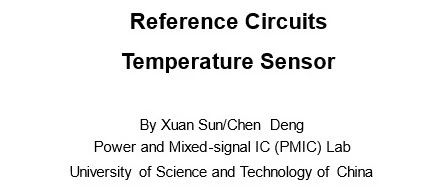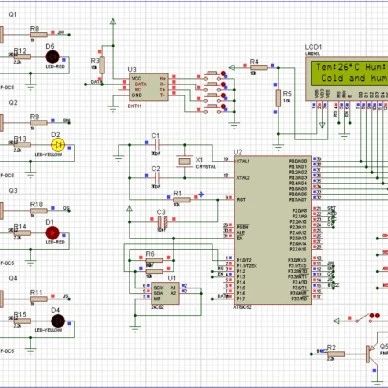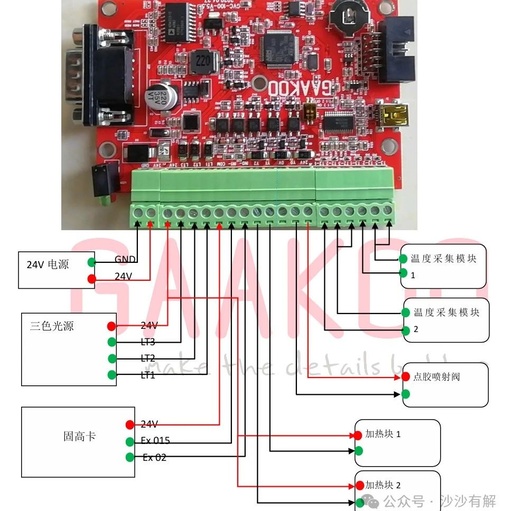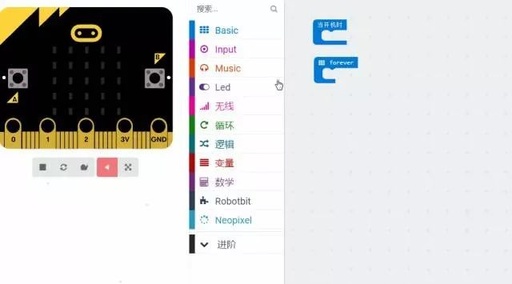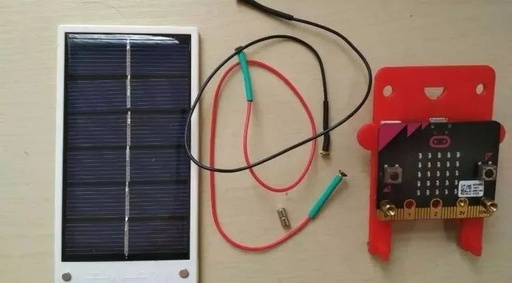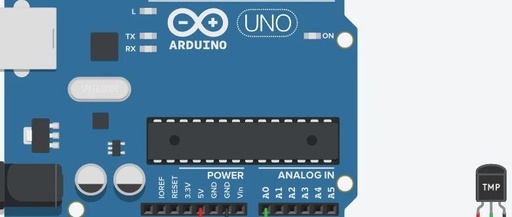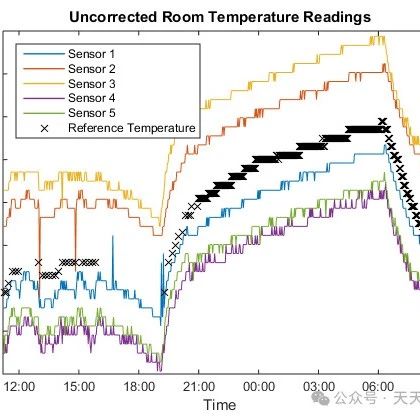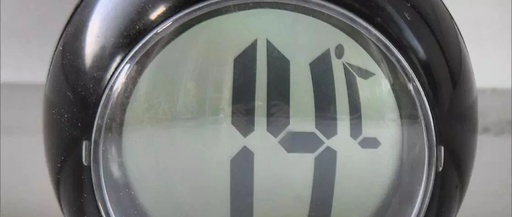PMIC Seminar – Reference Circuit & Temperature Sensor
PMIC Seminar The seminar is a regular activity of the Power and Mixed-Signal Integrated Circuit Laboratory, held once a month, hosted by the heads of various research directions in the laboratory. The aim is to enhance communication and integration among research groups, share cutting-edge research dynamics, and summarize stage achievements. This session will continue the … Read more
